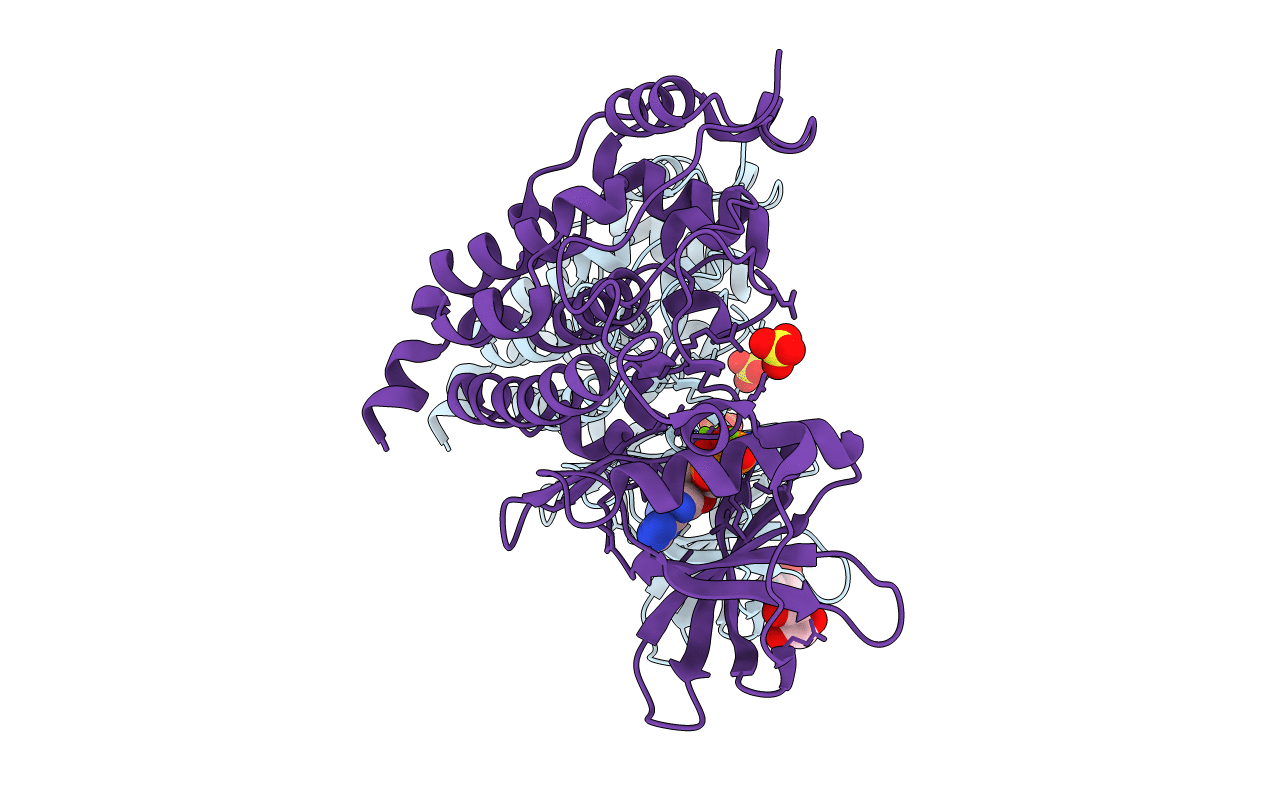
Deposition Date
2011-10-16
Release Date
2012-05-30
Last Version Date
2023-09-13
Entry Detail
PDB ID:
3U87
Keywords:
Title:
Structure of a chimeric construct of human CK2alpha and human CK2alpha' in complex with a non-hydrolysable ATP-analogue
Biological Source:
Source Organism:
Homo sapiens (Taxon ID: 9606)
Host Organism:
Method Details:
Experimental Method:
Resolution:
2.90 Å
R-Value Free:
0.21
R-Value Work:
0.18
R-Value Observed:
0.18
Space Group:
P 43 21 2


